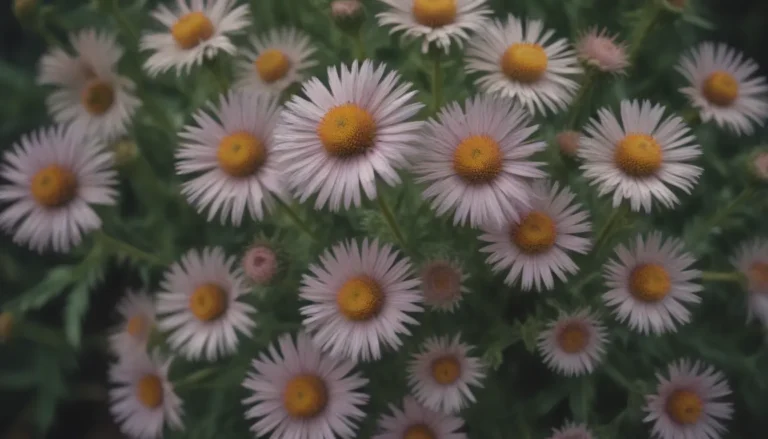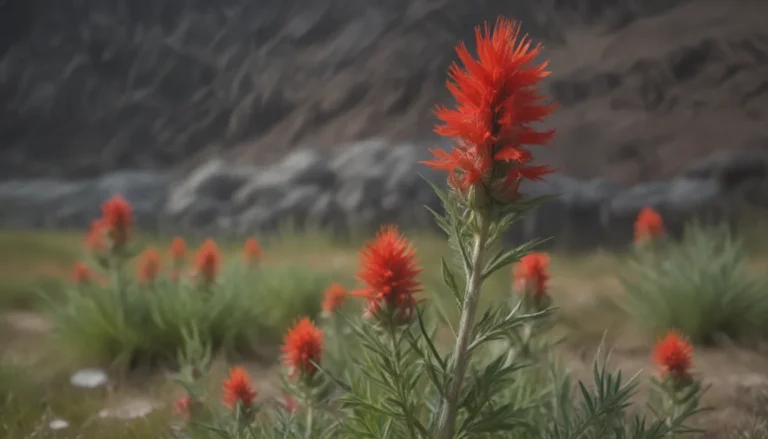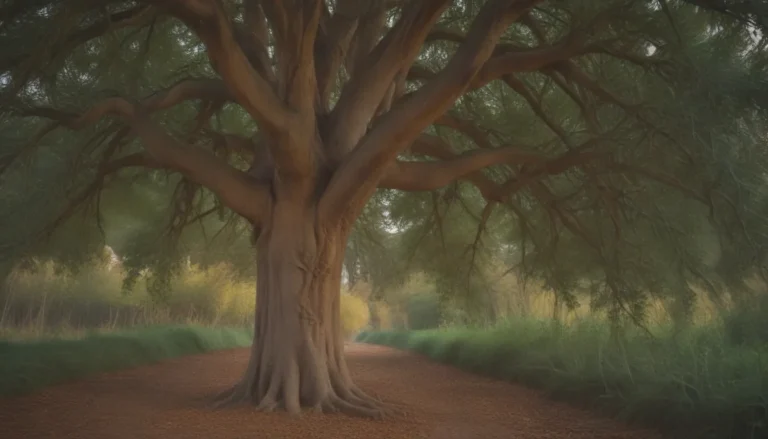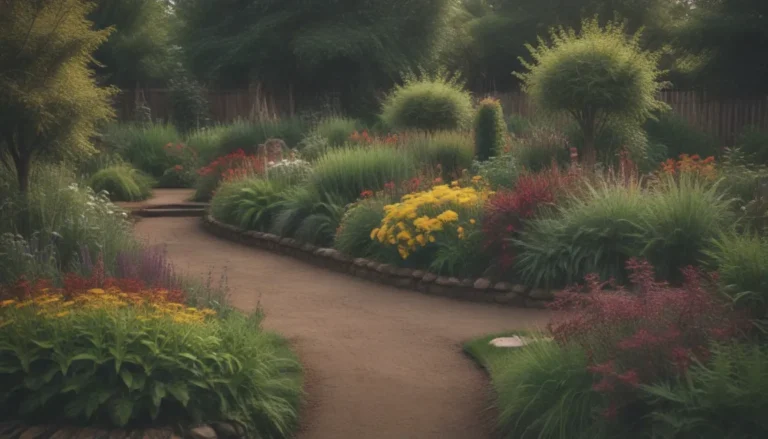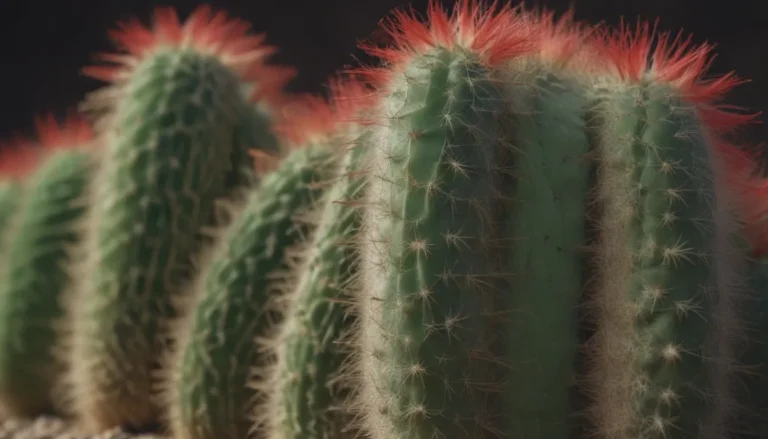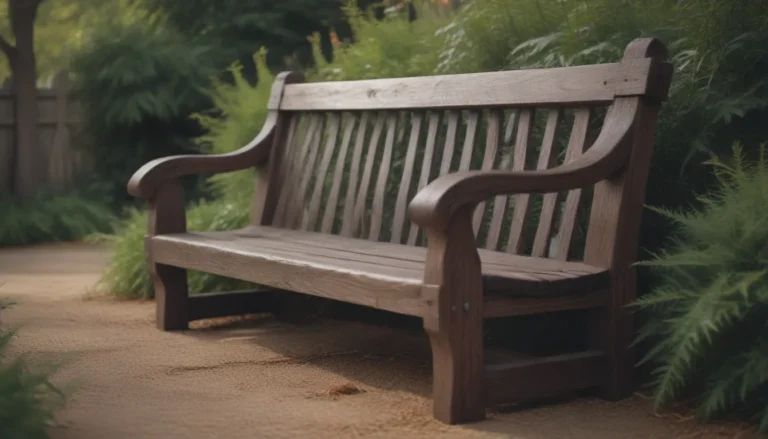Everything You Need to Know About Growing and Caring for Lunaria (Silver Dollar Plant)
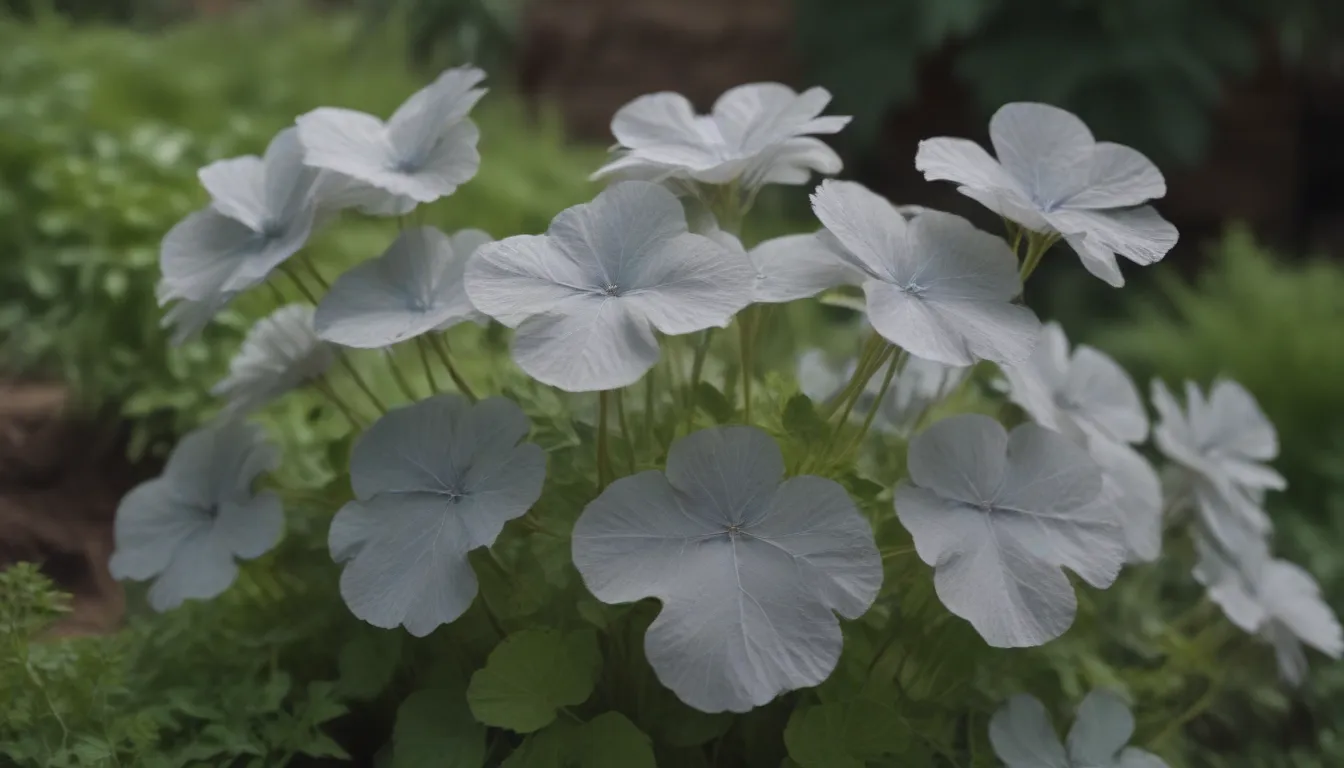
Are you looking to add a touch of iridescence to your garden? Look no further than lunaria, also known as silver dollar plants. These unique plants are not only beautiful to look at, but they are also relatively easy to grow and care for. In this comprehensive guide, we will walk you through everything you need to know about Lunaria, from planting and caring for them to common pests and problems you may encounter. So grab your gardening gloves and let’s get started!
What is Lunaria?
Lunaria, or silver dollar plants, are actually the seed pods of the Lunaria annua plant. These biennials start as a basal rosette of leaves in their first year, then bloom with purple flowers or seed pods in the following year. The seed pods, often referred to as “silicles,” start out green and later turn into the silver dollar-like pods that give the plant its name. These pods are papery to the touch, off-white in color, and have a sheen that resembles coins.
Planting lunaria is best done in the spring after the final frost. Seedlings will emerge in just 10 to 14 days, making it a quick and rewarding plant to grow.
Lunaria Care Tips
Light
Lunaria plants thrive in both full sun and partial shade locations. While they appreciate a bit of afternoon shade in hotter climates, they should ideally receive around eight hours of sunlight daily to grow strong roots and eventually flower.
Soil
Grow your lunaria plants in a well-drained, humusy soil that stays evenly moist. Lunaria plants have long taproots, so it’s essential to provide them with a deep, friable soil that can accommodate their growth.
Water
Keep the soil consistently moist throughout the growing season, providing about one inch of water per week through rainfall or manual watering. Plants in constant sunlight may require more water than those in shaded areas.
Temperature and Humidity
Lunaria plants prefer temperatures between 60 and 70 degrees Fahrenheit for germination and establishment. Once established in the proper USDA hardiness zone, they do not have specific temperature or humidity requirements.
Fertilizer
In the spring, give your lunaria plant a feeding with an organic or slow-release fertilizer to encourage ample blooming. A yearly feeding should be sufficient to keep your plant healthy and thriving.
Pruning and Maintenance
One drawback of growing lunaria is its ability to spread rapidly. Before planting, check with your local extension office to ensure they are not considered invasive in your region. If containment is necessary, pruning and regular maintenance can help control their spread.
Harvesting and Storing Lunaria Pods
The seed pods of lunaria can be used in dried floral arrangements, wreaths, and more. Harvest the pods in late summer when they are fully developed but before they drop their seeds. Cut the plant at its base, tie the pods in bundles, and hang them upside-down in a low humidity room to dry. The pods require minimal maintenance beyond proper harvesting and drying.
How to Grow Lunaria From Seed
Lunaria plants are best grown from seeds as they have long taproots and do not transplant well. Sow the seeds outdoors in the spring, covering them lightly with soil and watering regularly. Germination usually takes about two weeks, and spacing the seeds 15-18 inches apart allows for optimal growth.
Common Pests and Problems
Common Pests
While lunaria is easy to care for, it can be susceptible to pests such as aphids. Treat aphids with insecticidal soap or neem oil to keep your plants healthy and pest-free.
Common Problems
Watch out for diseases like septoria leaf spot, which can cause gray and black marks on the leaves. Remove infected parts and monitor the plant for signs of recovery. Clubroot can also cause wilting or yellow leaves in lunaria plants. Prune infected areas and observe the plant’s response to treatment.
Fun Facts about Lunaria
- Lunaria plants are part of the Brassicaceae family, related to broccoli and Brussels sprouts.
- The seed pods of lunaria resemble silver dollars, giving the plant its common name.
- Deer typically avoid munching on lunaria plants, but butterflies are attracted to them, adding beauty to your garden.
In conclusion, growing and caring for lunaria plants can be a rewarding experience. With the right conditions and maintenance, you can enjoy the unique beauty of these silver dollar plants in your garden. Remember to provide adequate light, water, and soil conditions, and keep an eye out for pests and diseases to ensure your plants thrive. Happy gardening!
